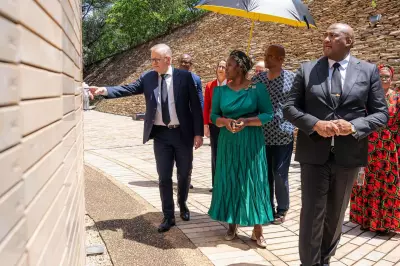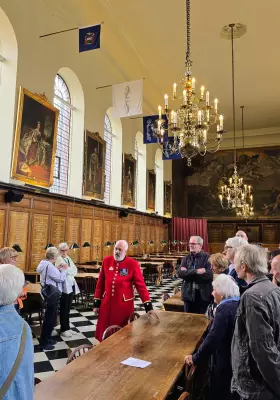
Archaeologists have made a stunning discovery that rewrites one of Australia's earliest and most dramatic maritime stories. After nearly four centuries, new evidence has emerged about what happened to survivors of the Batavia shipwreck along Western Australia's treacherous coastline.
The Tragic Voyage of the Batavia
On June 4, 1629, the Dutch East India Company vessel Batavia met its tragic end on Morning Reef near Beacon Island in the Abrolhos Islands. The ship was carrying approximately 341 people on a voyage from the Netherlands to the Dutch East Indies when it struck the reef and sank.
The initial shipwreck was only the beginning of the horror. While some passengers and crew managed to reach nearby islands, a mutiny led by under-merchant Jeronimus Cornelissen resulted in the brutal massacre of more than 100 men, women, and children. The mutineers' reign of terror was eventually stopped by the ship's commander, Francisco Pelsaert, who had sailed to Batavia (now Jakarta) for help.
Groundbreaking Archaeological Discovery
Recent archaeological work has uncovered compelling evidence that challenges previous assumptions about the survivors' fate. Researchers from the University of Western Australia and the Western Australian Museum made a rare find that provides new insights into how some survivors adapted to their harsh environment.
Archaeologists discovered a collection of ancient artefacts including clay pipes, pottery fragments, and evidence of temporary settlements that suggest some survivors established a more permanent presence than previously thought. The items date back to the exact period of the Batavia disaster and show signs of European and Indigenous interaction.
Dr. Alistair Paterson, the lead archaeologist on the project, explained the significance of these findings. "What we're seeing is evidence of resilience and adaptation in the face of extreme circumstances. These weren't just temporary castaways waiting for rescue—some were making deliberate efforts to create a sustainable life on these islands."
New Light on Survival Strategies
The archaeological evidence suggests survivors employed sophisticated survival techniques. They likely traded with Indigenous Australians from the mainland, adapted European fishing methods to local conditions, and may have even attempted small-scale agriculture using seeds salvaged from the wreck.
Carbon dating of fire sites and food remains indicates some survivors persisted on the islands for months, possibly even years, after the initial rescue missions. This challenges the historical record that suggested all survivors were either rescued or perished within a short timeframe.
Evidence of tool-making from local materials and European metals shows remarkable ingenuity. Survivors repurposed ship nails into fishing hooks, created water collection systems from salvaged materials, and built semi-permanent shelters that withstood the harsh coastal environment.
Enduring Legacy and Historical Significance
The Batavia shipwreck represents one of Australia's earliest European maritime disasters and has fascinated historians for generations. The new findings not only rewrite part of this story but also provide valuable insights into early European-Indigenous contact in Western Australia.
The discovery has broader implications for understanding Australia's early colonial history and the resilience of human spirit in extreme conditions. It demonstrates that even in the 17th century, people demonstrated remarkable adaptability when faced with unfamiliar environments and limited resources.
Ongoing research continues to uncover new details about this dramatic chapter in Australia's history. The Western Australian Museum plans to display the newly discovered artefacts alongside existing Batavia exhibits, allowing the public to engage directly with this compelling story of survival against overwhelming odds.
As archaeological techniques continue to advance, researchers remain hopeful that even more secrets of the Batavia survivors will emerge from the Western Australian coastline, continuing to illuminate one of the most dramatic stories from Australia's early maritime history.





